What is the Capital of the USA?
The answer might seem straightforward: Washington, D.C.. But let’s pause for a moment and really take that in. Washington, D.C. isn’t just a dot on the map or a place where politicians roam—it’s the epicenter of American identity, power, and history. In fact, it’s the living, breathing symbol of democracy and ambition for millions of people around the world.
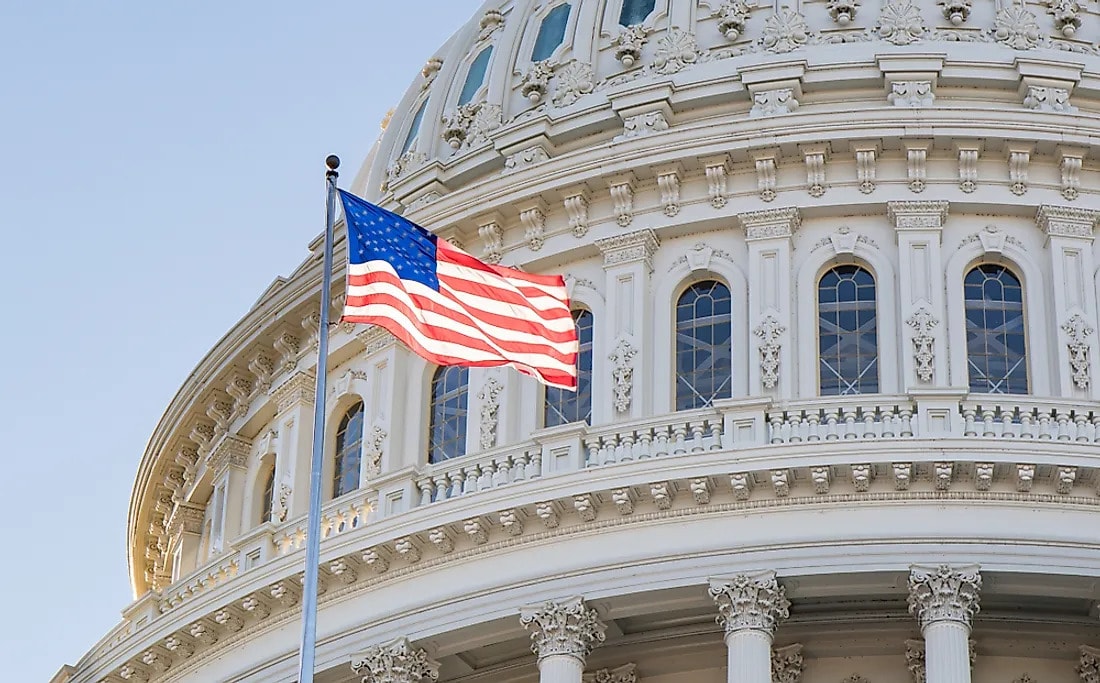
But why was Washington, D.C. chosen as the capital, and what makes this city so important? Let’s dive into the history, the culture, and the significance of this legendary city that TravelersNetwork invites you to explore.
The Story Behind Washington, D.C.
The history of Washington, D.C., begins not with towering monuments, but with a fierce debate that nearly tore the country apart. Back in the late 18th century, after the United States declared independence from Britain, there was a burning question: where should the new nation’s capital be?
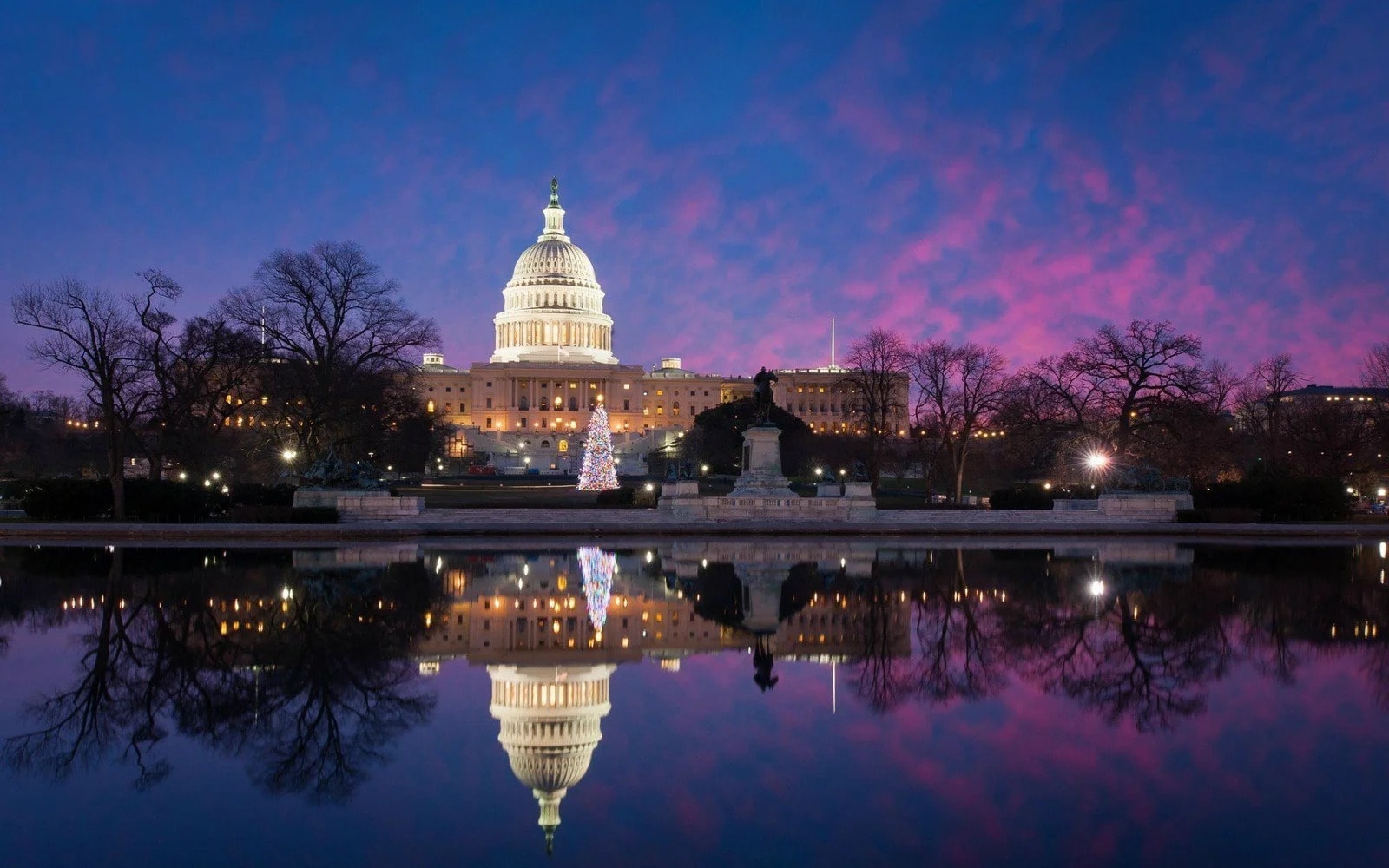
At the time, Philadelphia was a strong contender, but a compromise between northern and southern states led to the creation of a new city. In 1790, Congress passed the Residence Act, which allowed President George Washington to choose the location. He selected a site along the Potomac River, which would become Washington, D.C.—a district that belonged to no state and was entirely neutral, perfectly positioned between the North and South.
Why It’s Not Just Another City
Washington, D.C. is more than just a hub for government buildings. It’s where history is continually being written. Every decision made within its borders has the potential to impact the entire world. The city is home to the three pillars of U.S. government: the Executive (The White House), the Legislative (Congress), and the Judicial (The Supreme Court).
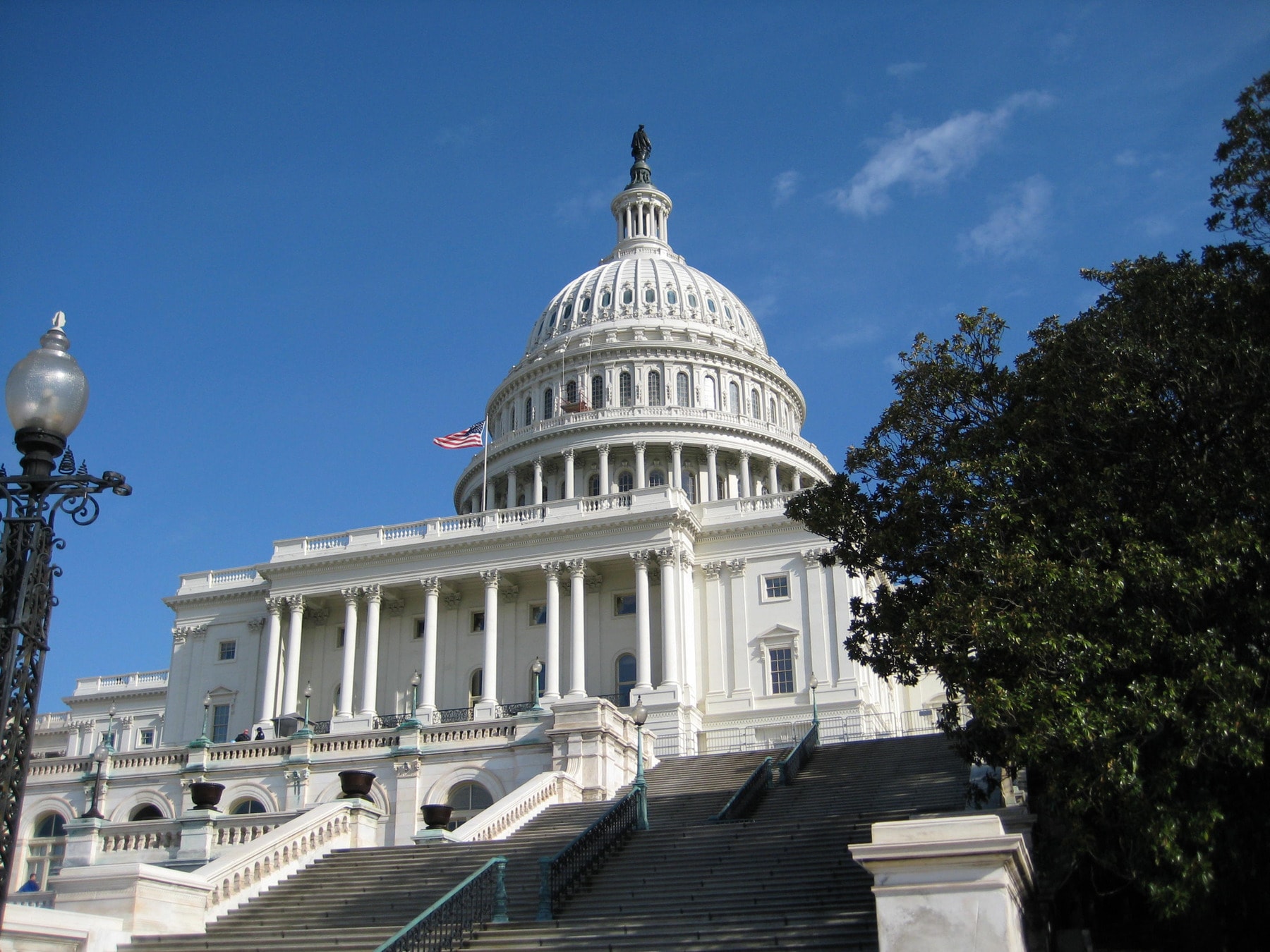
But beyond politics, Washington, D.C. pulses with culture and vibrancy. From the Smithsonian museums that tell the story of the world to the colorful neighborhoods full of life and creativity, this city is a treasure trove of experiences waiting to be explored. With TravelersNetwork, you’ll discover it’s not just about monuments and memorials—though those are pretty spectacular too!
Washington vs. Washington, D.C.: Understanding the Key Differences
It’s easy to confuse Washington and Washington, D.C. due to their names, but they are entirely different places. Washington is a state located on the west coast, while Washington, D.C., is the capital city of the United States, located on the east coast. Here’s a simple breakdown of the key differences:
| Aspect | Washington (State) | Washington, D.C. |
|---|---|---|
| Location | Pacific Northwest, bordering Canada, Idaho, and Oregon | East Coast, between Maryland and Virginia |
| Type | A state in the United States | A federal district, not part of any state |
| Capital | Olympia | The capital of the United States |
| Famous City | Seattle | Washington, D.C. itself |
| Known For | Nature, tech industry, coffee culture | U.S. government, politics, national landmarks |
| Geography | Mountains, forests, coastline | Urban, historical monuments, political institutions |
| Population | ~7.8 million | ~700,000 |
Must-See Landmarks in the Capital
When you visit Washington, D.C., you can’t miss these iconic landmarks:
The White House – It’s the symbol of American presidency and one of the most recognized buildings in the world. Take a tour (if you plan in advance!) or admire it from Lafayette Square.
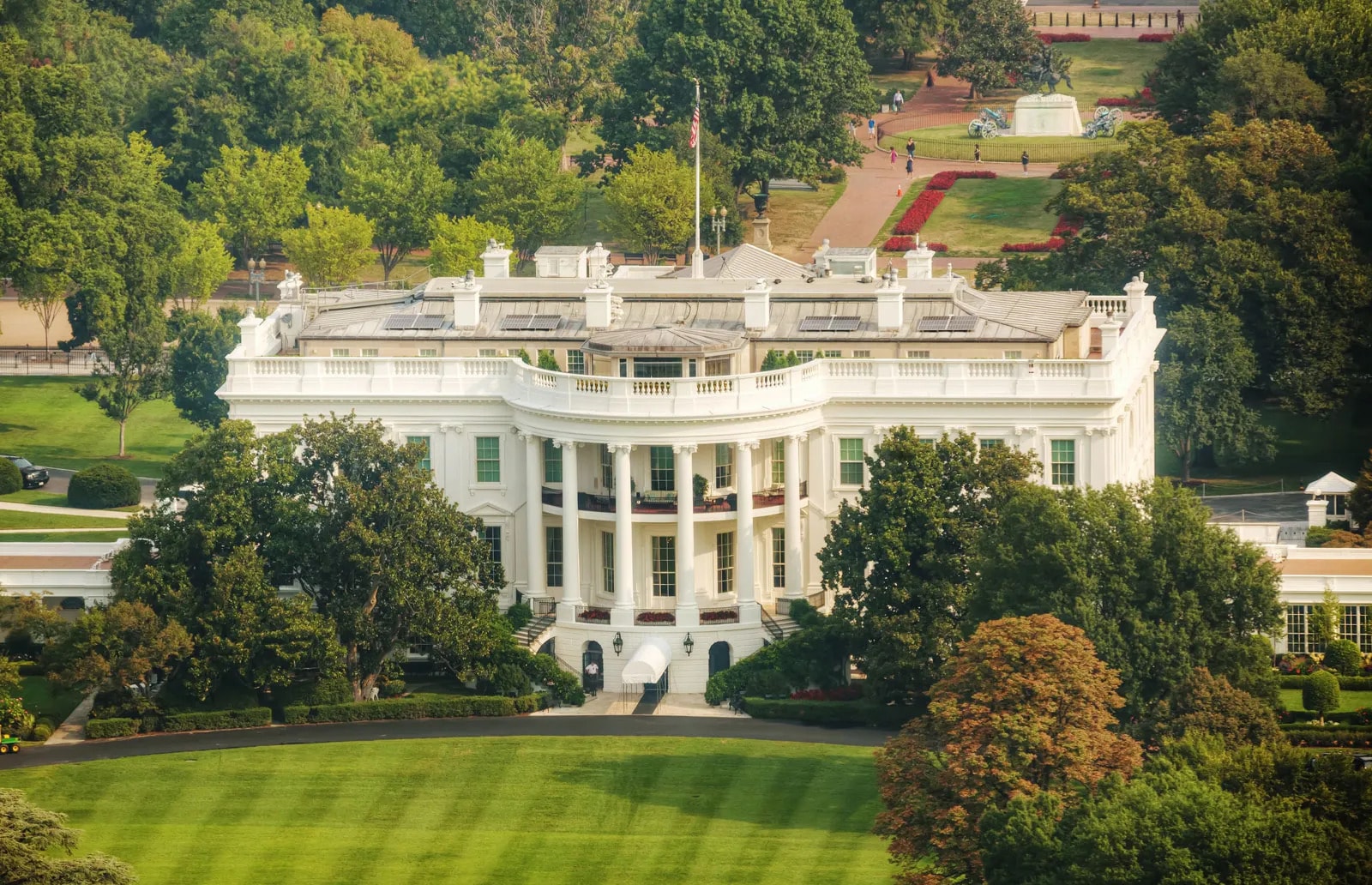
The U.S. Capitol Building – The seat of Congress, where laws are shaped and debates rage. The architecture alone is enough to leave you in awe.
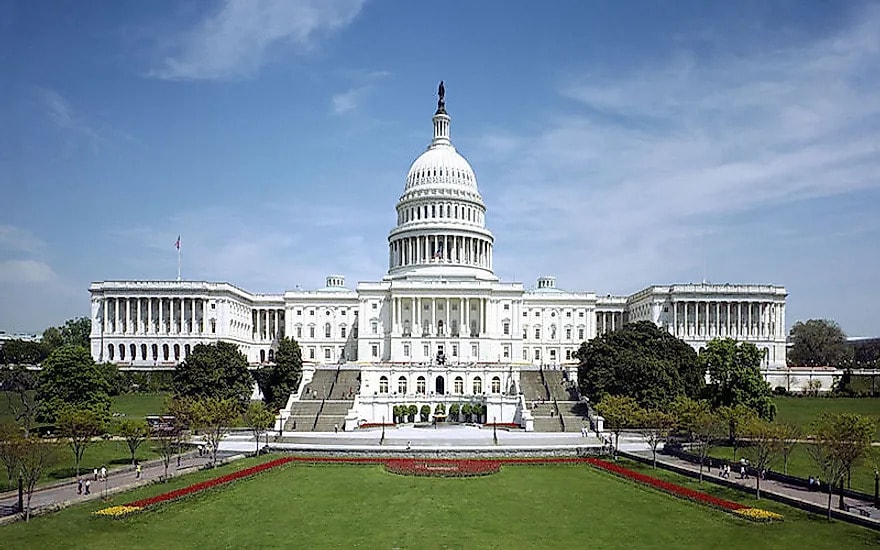
The National Mall – Known as “America’s Front Yard,” the National Mall is home to towering memorials like the Lincoln Memorial, the Washington Monument, and the breathtaking World War II Memorial.
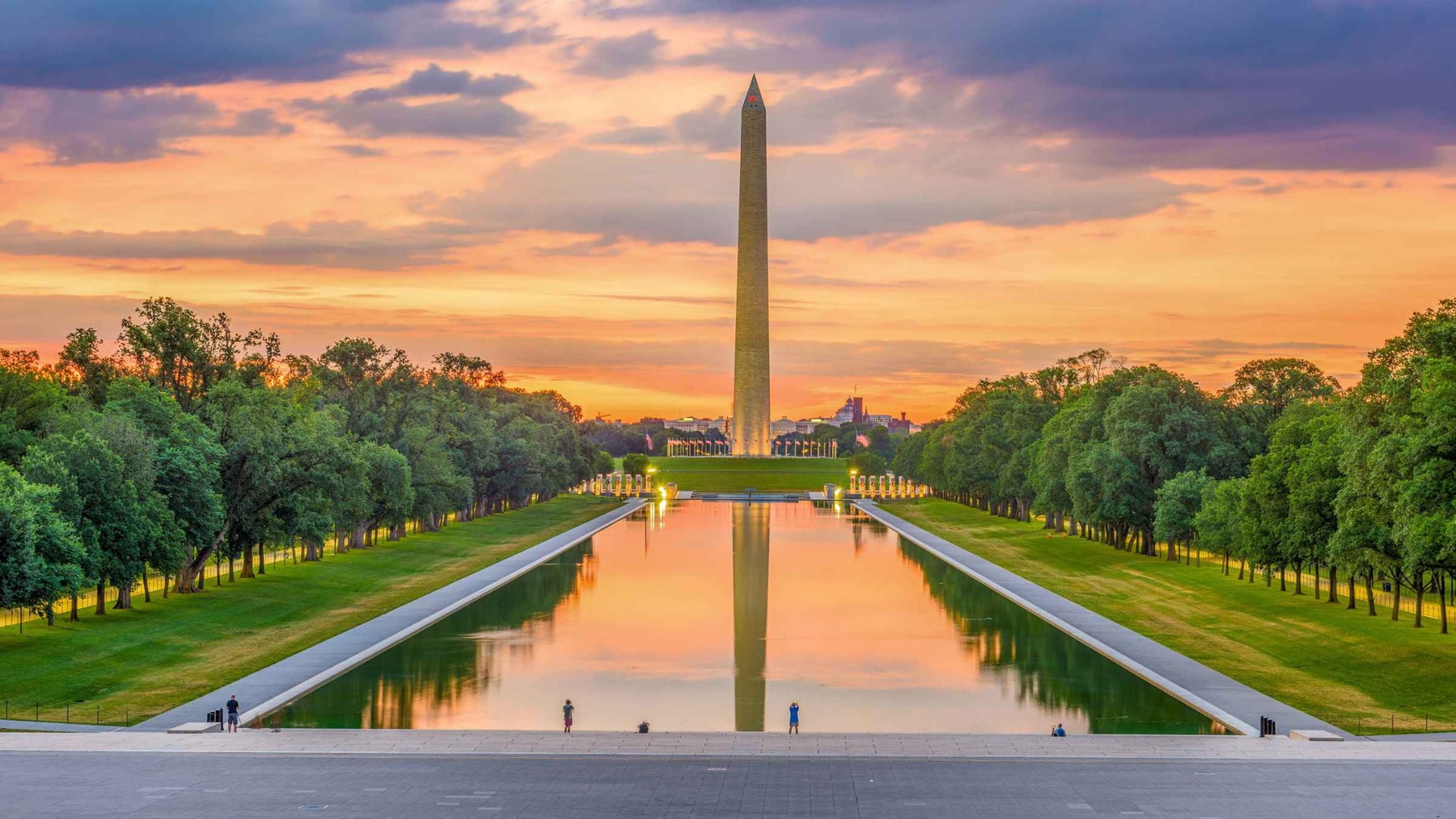
The Smithsonian Museums – Whether it’s art, science, history, or culture, the 19 museums and galleries of the Smithsonian Institution are free to the public and hold some of the most important treasures of human history.
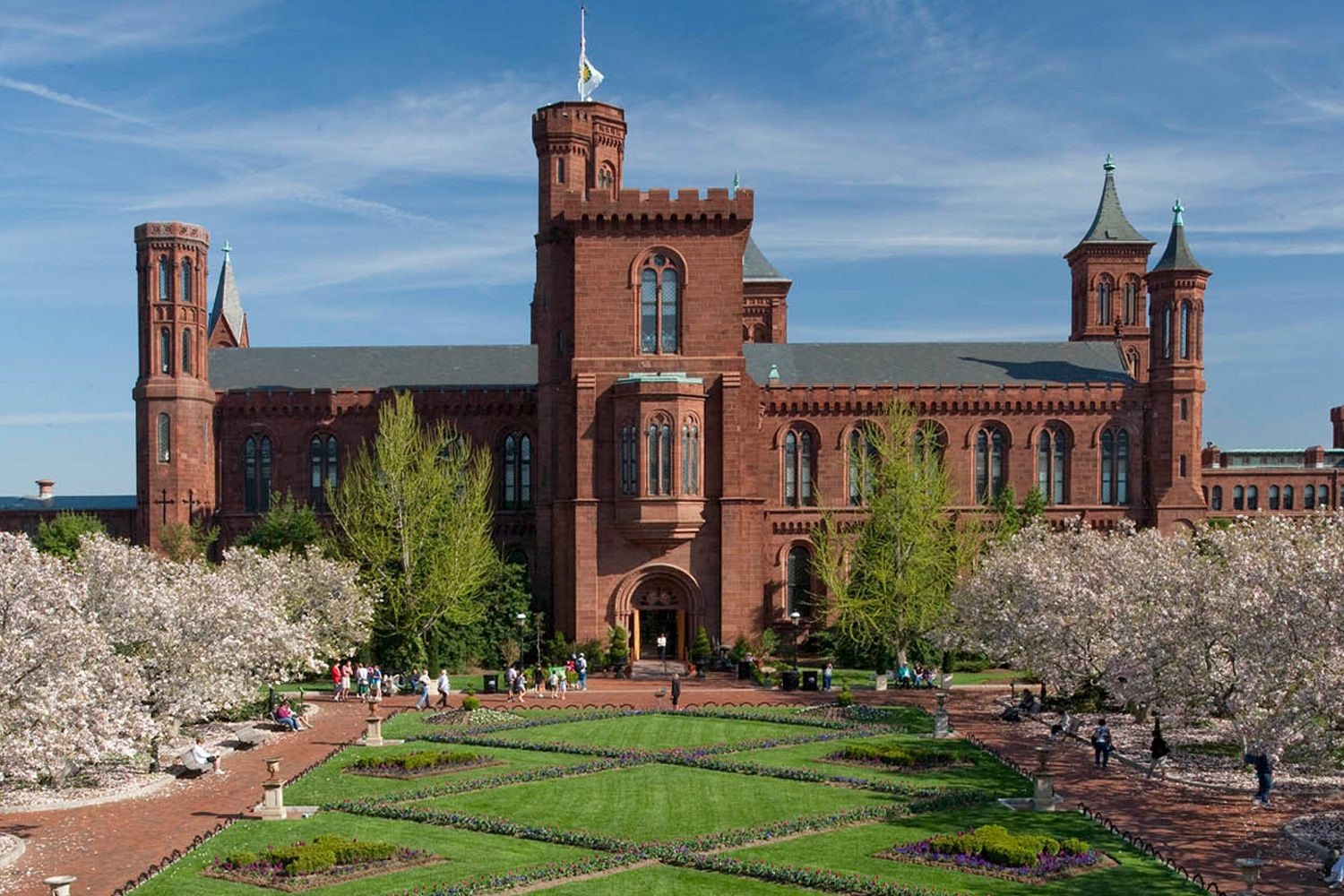
The Supreme Court Building – Where justice takes center stage, this majestic structure is the final word on legal matters across the nation.
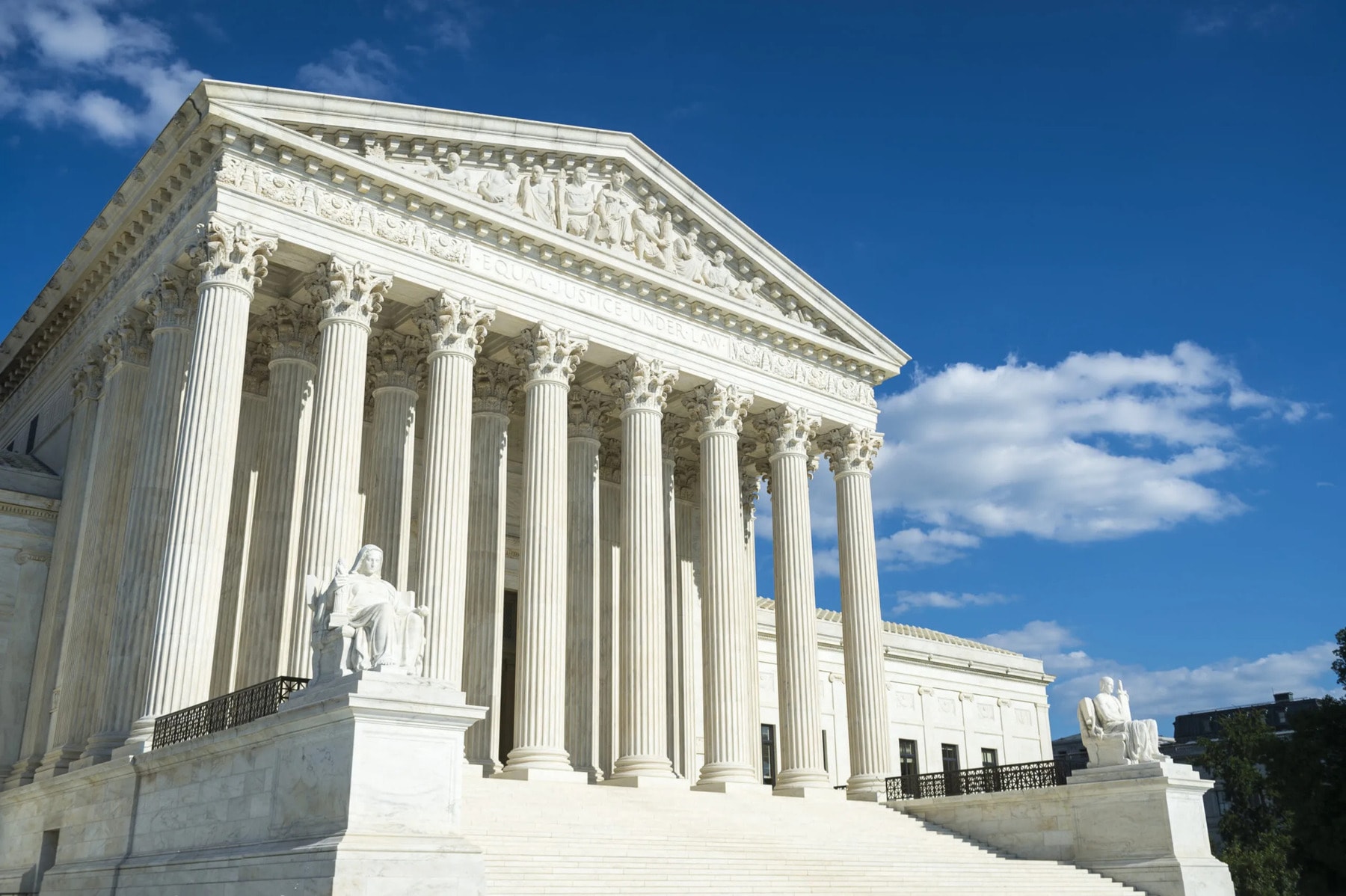
These sites aren’t just tourist attractions—they are living pieces of American history. And each one holds stories that reflect the ideals, struggles, and triumphs of a nation constantly evolving.
A City Built for the Future
While Washington, D.C. is rooted in history, it is also a city that constantly looks forward. Today, it’s a vibrant and diverse metropolis filled with global influences. From the bustling international district of Adams Morgan to the hip culinary scene in Shaw, Washington, D.C. is a melting pot of ideas and cultures.
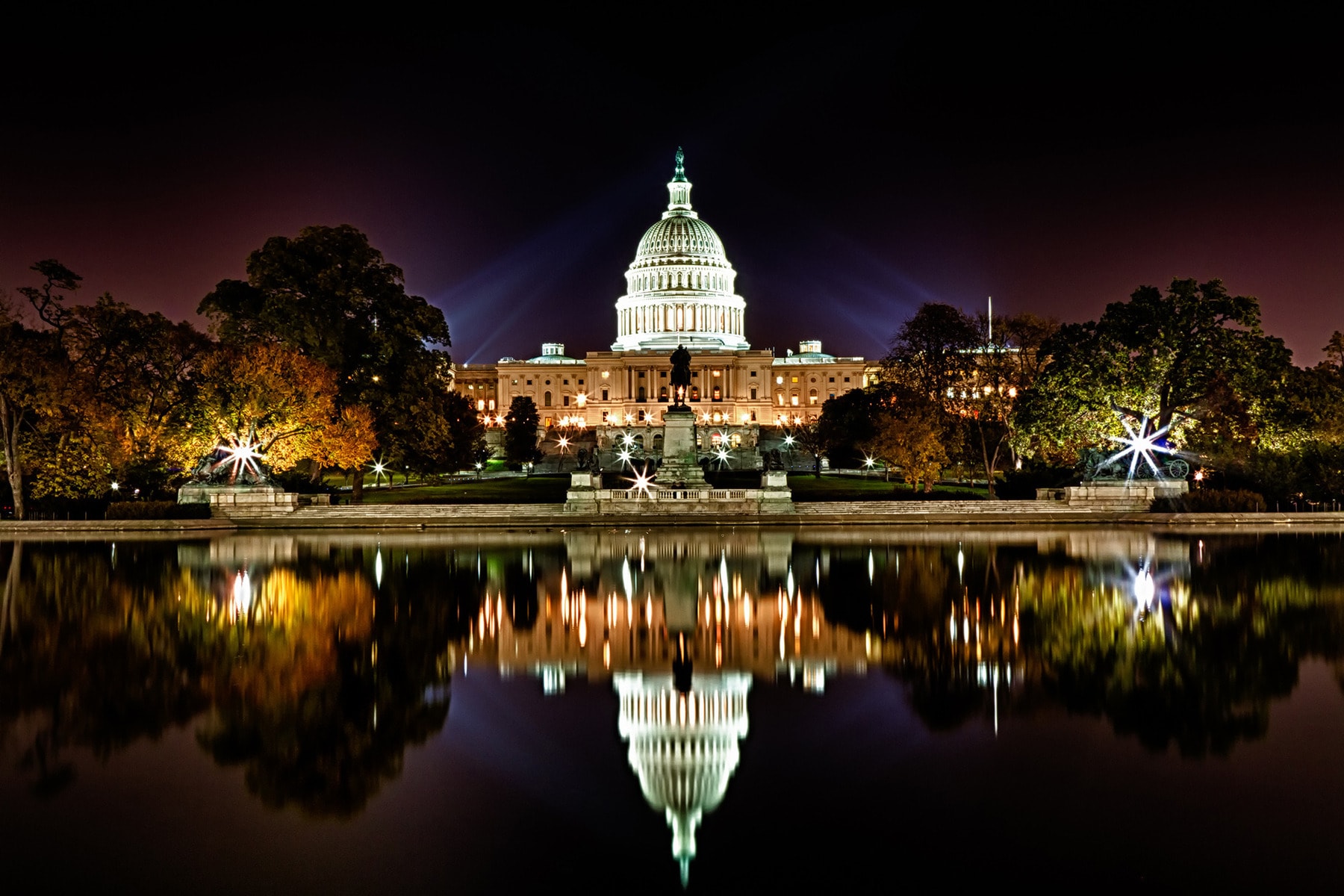
You might think politics is the only thing that runs this city, but the art, food, and culture scene is just as dynamic. Washington, D.C. is home to internationally acclaimed chefs, art festivals, and live music performances that can make your evenings unforgettable. The city knows how to balance history and modernity like no other.
Why Washington, D.C. Matters to the World
Being the capital of the United States means more than just hosting government officials. Washington, D.C. is a global hub of diplomacy. It’s where ambassadors, foreign dignitaries, and world leaders gather to negotiate, discuss, and collaborate on international issues that affect millions of people around the globe. It’s a place where decisions are made that ripple across continents and change the course of history.
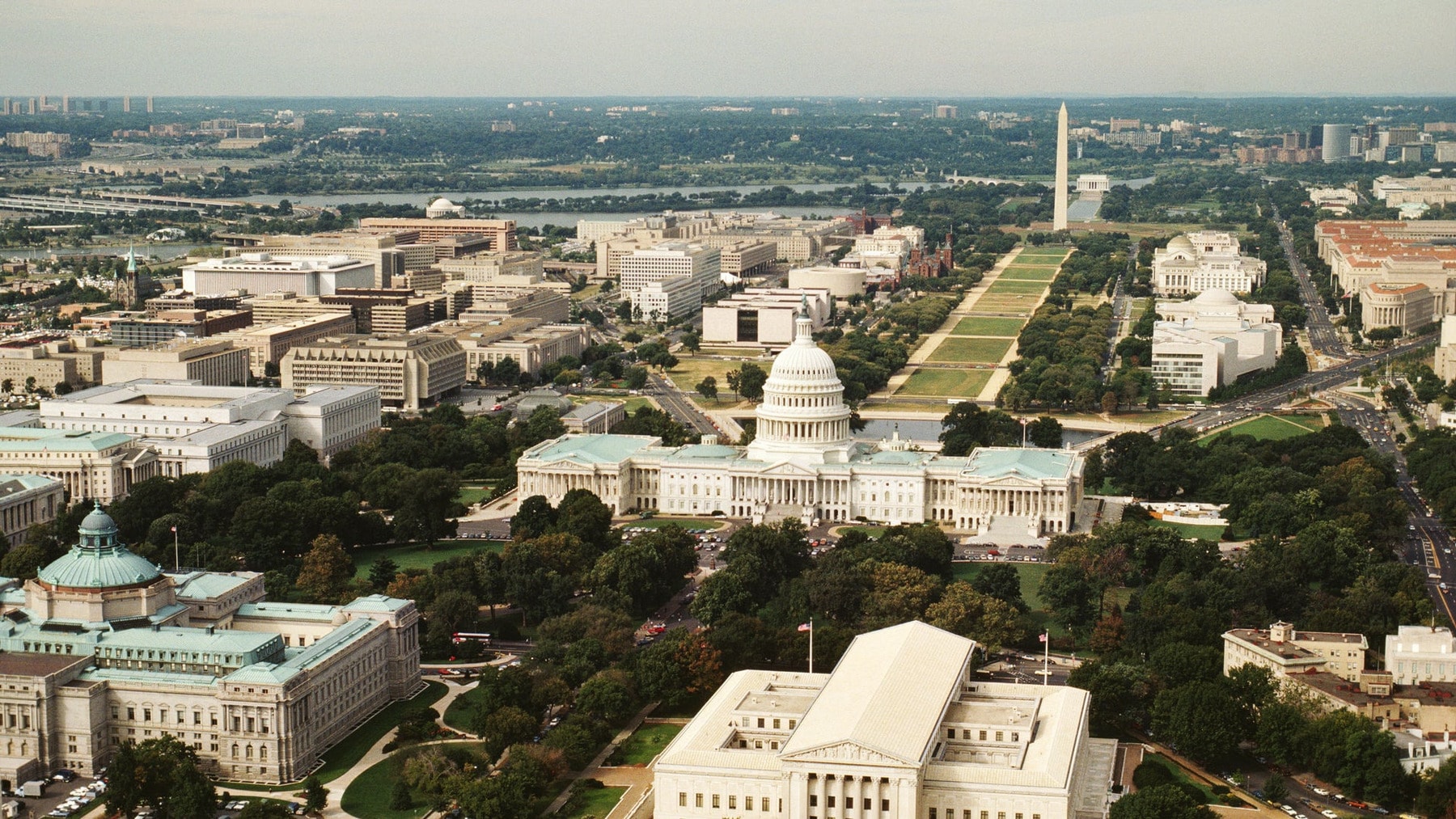
For TravelersNetwork, the importance of this city lies in its ability to inspire. Whether you’re a history buff, a politics enthusiast, or simply someone who appreciates a great cityscape, Washington, D.C. offers something profound for every visitor.
Washington, D.C.: More Than Just a Capital
In conclusion, Washington, D.C. isn’t just the political center of the United States—it’s a city alive with culture, history, and innovation. It’s where decisions shape the future of the world and where past achievements are memorialized in breathtaking ways. Through TravelersNetwork, we encourage you to not just visit Washington, D.C., but to experience it deeply—it’s stories, its architecture, and its people.
So the next time someone asks, “What is the capital of the USA?” remember that Washington, D.C. is so much more than just an answer. It’s an invitation to explore, learn, and connect with the beating heart of a nation.

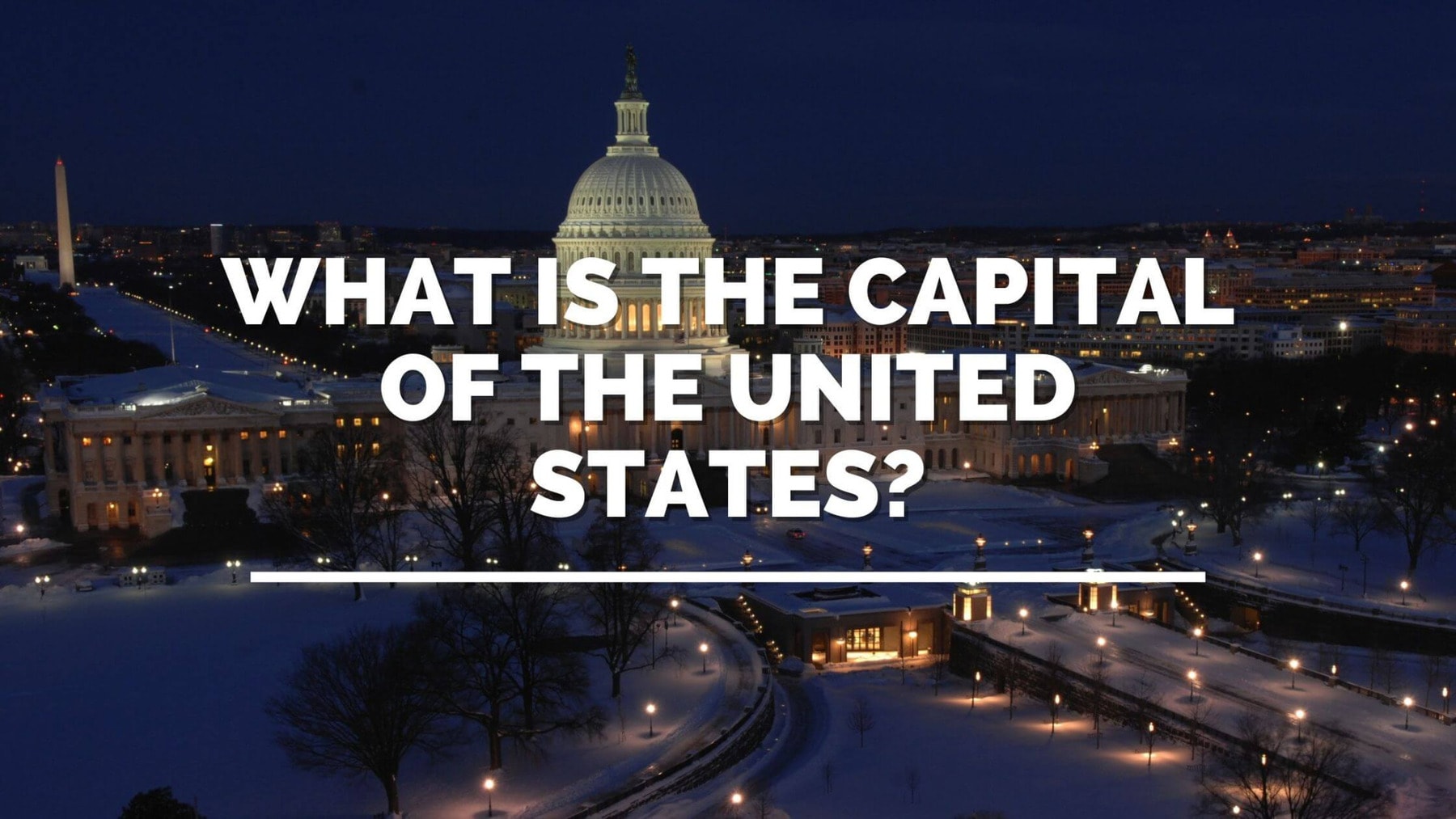

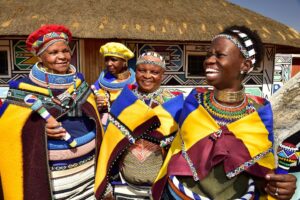
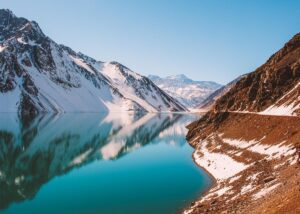
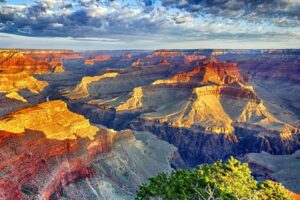
Leave a Reply